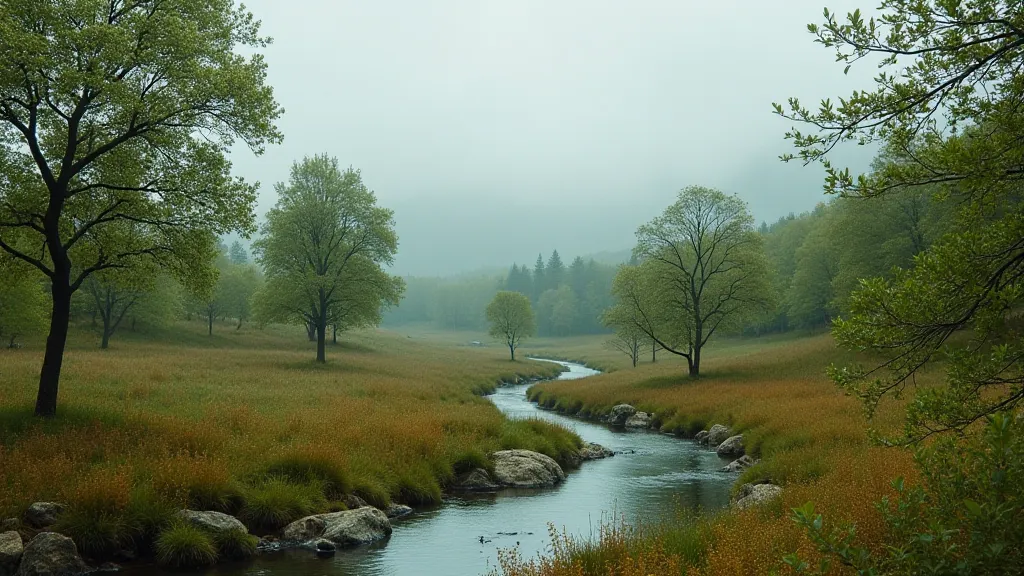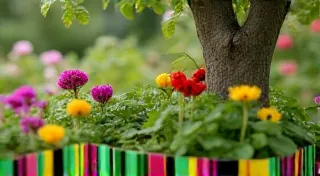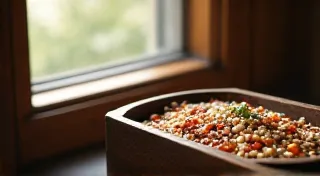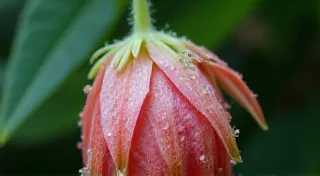The Siren’s Bloom: Wild Fruit Foraging & Ethical Harvesting
There’s a certain melancholy beauty to antique accordions. The way the bellows whisper tales of dances long past, the faded gold leaf hinting at a grandeur now softened by time – it's a poignant echo of a vibrant history. Similarly, the lure of wild fruit, the siren’s bloom beckoning from the edges of the familiar, holds a powerful charm. But unlike a beautifully worn accordion, a wild orchard isn’t something we can simply acquire and enjoy; it’s a delicate ecosystem that demands our respect and careful stewardship. Foraging for wild fruit can be a profoundly rewarding experience, connecting us to our ancestors and the natural rhythms of the land. However, it’s a responsibility as much as it is a pleasure, and requires a mindful approach that prioritizes sustainability.
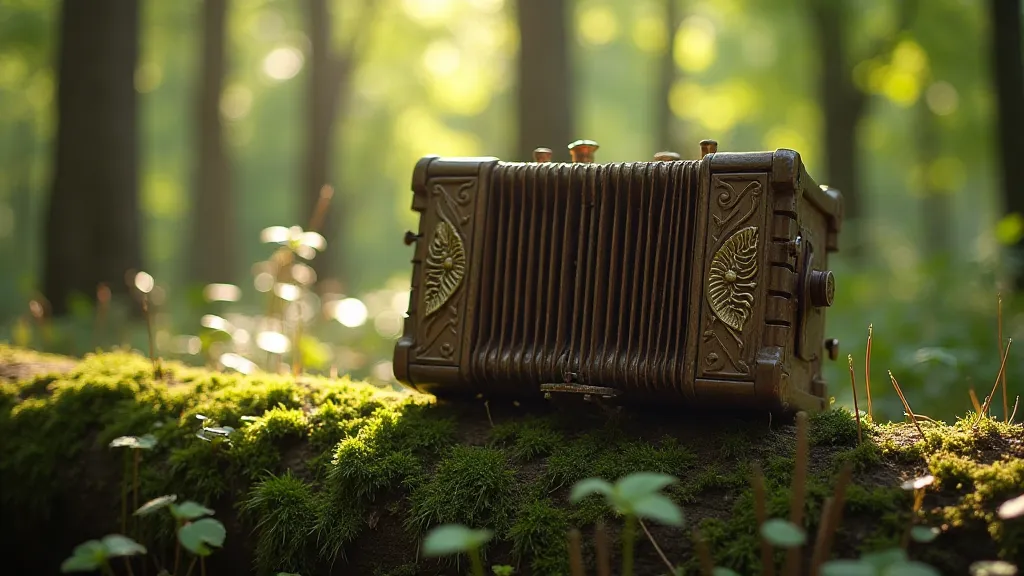
A History of Wild Harvests
For millennia, humans have relied on wild fruits for sustenance and medicine. Before cultivated orchards, our diets were shaped by what the land generously offered: pawpaws, elderberries, serviceberries, mulberries – a bounty of flavors subtly different from what we find in grocery stores. Indigenous peoples developed intricate knowledge of these resources, understanding their seasonal cycles, medicinal properties, and the best methods for harvesting without disrupting the delicate balance of the environment. Their practices were rooted in reciprocity – taking only what was needed and giving back to the land through sustainable harvesting techniques. This understanding of the land, and the fruits it provides, has a long and impactful history – a legacy that continues to inform our approach today.
Think about the sheer ingenuity it took to identify edible fruits amidst a landscape of potential dangers. Generations of trial and error, passed down through oral tradition, created a wealth of knowledge. This wasn’s just about survival; it was about a deep connection to the land, a profound understanding of the interconnectedness of all living things. The very act of foraging was a ritual, a celebration of the seasons, and a way of honoring the spirits of nature. The challenges involved in preserving that harvest, understanding its optimal use and storage, also required considerable resourcefulness and passed down knowledge – a critical skill for thriving in harmony with the natural world.
Beyond the Familiar: Identifying and Locating Wild Fruit
Venturing into the world of wild fruit identification can feel daunting. Many edible fruits have look-alikes, some of which are poisonous. Positive identification is absolutely paramount. Start with a good field guide specific to your region. Focus on learning a few common fruits well before expanding your repertoire. Observe the plant as a whole: leaf shape, bark texture, overall structure. Pay attention to the surrounding habitat – a mulberries thrives in a different environment than a pawpaw. The process of knowing when to harvest also requires a keen eye and an understanding of the plant’s lifecycle – a delicate balance that separates the experienced forager from the novice.
Local foraging groups and experienced naturalists can be invaluable resources. They often hold workshops and guided walks, providing hands-on experience and expert advice. Remember, it's always better to err on the side of caution. If you're unsure about a fruit, don't eat it. It’s also worth exploring how fruit, when carefully preserved, can be transformed into something entirely new, a process akin to orchard alchemy – pushing the boundaries of what’s possible with nature's bounty.
The Ethos of Ethical Foraging: Respecting the Land
Ethical foraging isn’t just about avoiding poisonous plants; it’s about adopting a mindset of respect and sustainability. It’s about recognizing that you're a guest in an ecosystem that has existed long before you, and that your actions have consequences. It’s a mindset that extends beyond the simple act of gathering fruit and touches on broader ecological considerations – including the careful management of resources to ensure their continued availability.
Here are some key principles to guide your foraging practices:
- Obtain Permission: Always seek permission from the landowner before foraging on private property.
- Leave No Trace: Pack out everything you pack in. Minimize disturbance to the surrounding environment.
- Harvest Sustainably: Take only what you need, leaving plenty of fruit for wildlife and for the plant to reproduce. A general rule is to take no more than 10% of the available fruit from a single plant.
- Protect the Plant: Be careful not to damage the plant itself. Avoid trampling seedlings or breaking branches.
- Spread the Wealth: If possible, collect seeds and disperse them in suitable areas to help expand the population of the fruit you’re harvesting.
- Be Mindful of Wildlife: Remember that wild fruit is a vital food source for many animals. Avoid foraging in areas where wildlife is actively feeding.
- Consider the Wider Context: Understanding how water resources interact with fruit-bearing plants, and adopting practices that promote healthy ecosystems, is crucial for long-term sustainability. Exploring systems for integrating orchards with water management can further enhance resilience and yield.
The Craftsmanship of Preservation: Extending the Harvest
Wild fruit often ripens quickly and has a relatively short shelf life. Learning traditional preservation techniques is essential for extending the harvest and enjoying the fruits of your labor throughout the year. Think of the craftsman who meticulously restores an old accordion, patiently bringing it back to life – preservation of wild fruit requires a similar level of care and attention. It’s a process that demands not just technical skill, but also a deep appreciation for the resource at hand and the generations who came before, refining these methods over centuries.
Drying, canning, freezing, and making jams and jellies are all effective methods for preserving wild fruit. Each technique imparts a unique flavor and texture, transforming humble foraged treasures into culinary delights. Many foragers also face challenges related to climate change, which can impact the availability and quality of wild fruits. Exploring strategies for cultivating resilience in a changing climate is becoming increasingly important for ensuring a continued supply of these precious resources.
Consider the resilience of those old accordions, survivors of wars and economic downturns. Just as those instruments tell stories of hardship and perseverance, preserving wild fruit connects us to a lineage of resourceful ancestors who embraced the bounty of nature. The knowledge of optimal timing for harvest and preservation techniques passed down through generations, ensuring that even during lean times, communities could rely on the fruits of their labor.
The meticulous process of carefully stripping down an accordion, cleaning each component, and reassembling it with precision mirrors the thoughtful approach required for foraging. Both activities demand a deep appreciation for the history and value of the resource at hand.
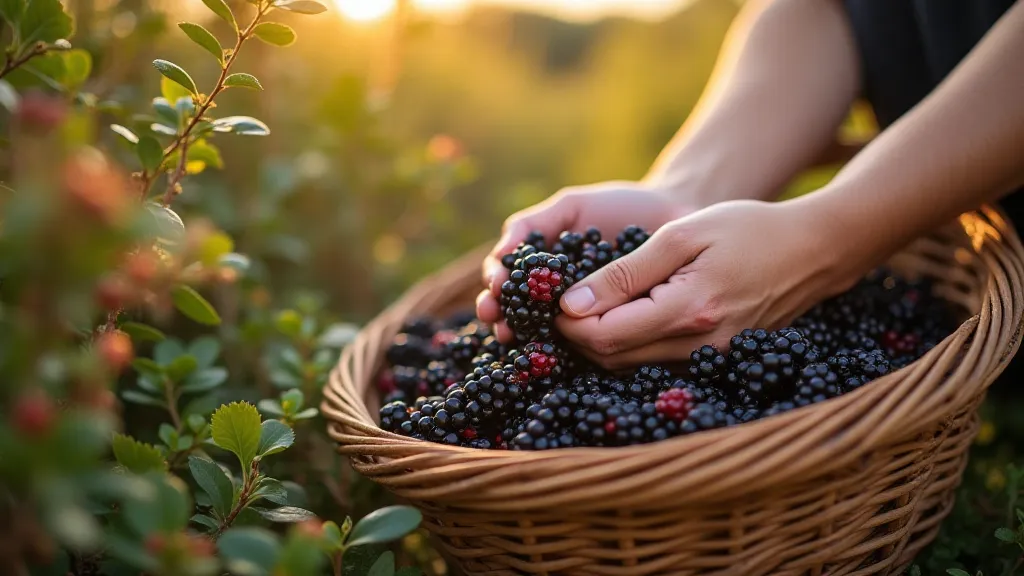
Ephemeral Treasures: The Art of Time-Sensitive Harvesting
The fleeting nature of wild fruits adds an element of urgency and appreciation to the foraging experience. Unlike commercially grown produce, these treasures ripen quickly and require a keen eye and swift action to gather them at their peak. This understanding of the plant's lifecycle, and the timing of its fruiting season, necessitates a deep connection to the natural world – a sensitivity to the subtle cues that signal ripeness.
The skill of recognizing these fleeting moments of abundance, and the swiftness with which one must act to gather them, fosters a deep appreciation for the ephemeral nature of life and the interconnectedness of all living things. It's a lesson in embracing impermanence and finding joy in the present moment – a philosophy that resonates deeply with the ancient wisdom of foraging traditions.
A Symphony of Connection
Foraging for wild fruit isn’t just about acquiring sustenance; it’s a practice rooted in respecting the environment and understanding its rhythms – much like the artistry and precision required for espaliers and orchard sculpture. It's a reminder that we are part of a larger, interconnected web of life.
